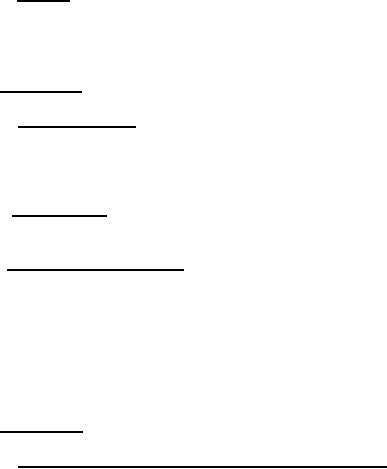 |
|||
|
Page Title:
Size of radial and thrust ball bearings |
|
||
| ||||||||||
|
|  MIL-P-17840C(SH)
3.2.5 Noise. The design, construction, and workmanship of the equipment
shall be such that noise levels during operation at the-design conditions will
meet the airborne noise and structureborne vibration noise requirements as
specified (see 6.2.1 and 4.6.9).
3.2.6 Mounting.
Pumps will be normally installed to operate in a
3.2.6.1 Installation.
horizontal position; however, pumps shall be capable of operation and mounting
in a vertical position with the motor above the pump. Pumps shall be suitable
for installation either fore and aft or athwartship (see 6.2.1).
3.2.6.2 Dimension. Pumps shall have mounting dimensions and location of
piping connections as shown on figure 1.
3.2.6.3 Mounting brackets. Mounting brackets shall contain a drip packet
for the collection of leakage from the stuffing box. The size of the tapped
holes shall be as shown on figure 1. Tapped holes shall be tapered thread.
Mounting brackets shall be separate from the casings and shall" not include the
pump stuffing box or any portion of the pressure boundary.
3.2.6.4 Motors shall be assembled to pumps at the pump manufacturer's
plant.
3.2.7 Bearings.
3.2.7.1 Size of radial and thrust ball bearings. The size of the radial
and thrust ball bearings for each size motor frame shall be as shown on figures
2 and 3. The pump end bearing shall be fixed in the housing and shall carry
the pump thrust load. However, on low noise level units, the motor end bearing
may carry the thrust load. Bearings shall be selected for a B-10 life of 10,000
hours calculated in accordance with FF-B-171. Calculations shall be made for
the design point and also for the highest loading conditions over the operating
range and shall consider both thrust and radial hydraulic loads, gravity loads,
and bearing preloads. Hydraulic thrust due to the use of single inlet impellers
without balancing rings shall be computed in accordance with the following
formula:
T = P(A1 - A0) + 0.05 P(A2-A1)
Where:
T = Maximum unbalanced thrust in pounds.
P = Pressure in pounds per square inch (lb/inz) at shutoff.
A2 = Area of impeller at radius R2 in square inches (see figure 4).
A1 = Area of impeller to outside of impeller wearing ring, radius R1
in square inches.
A0 = Area in square inches to outside of shaft sleeve, radius R0.
3.2.7.2 When the axial thrust load calculated by the formula of 3.2.7.1
exceeds the permissible thrust loads shown in table I, special thrust balancing
devices shall be added.
7
|
|
Privacy Statement - Press Release - Copyright Information. - Contact Us |